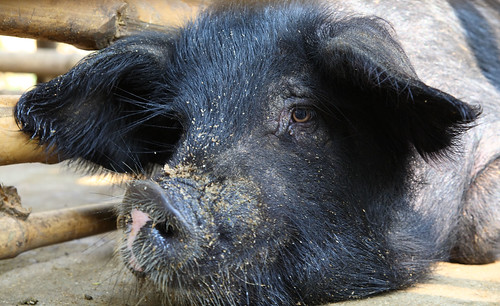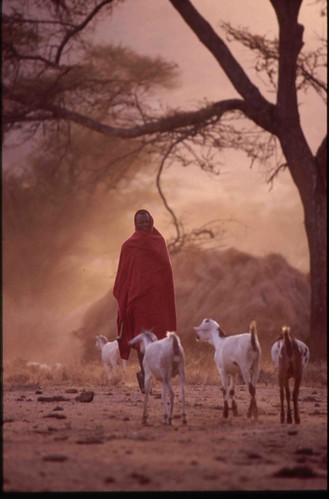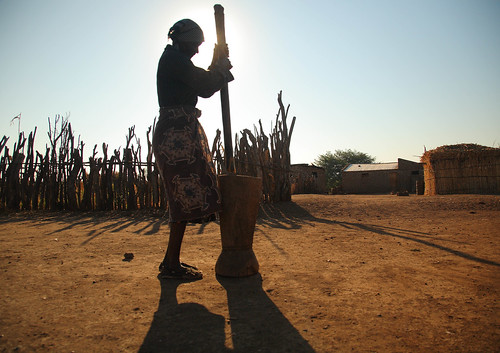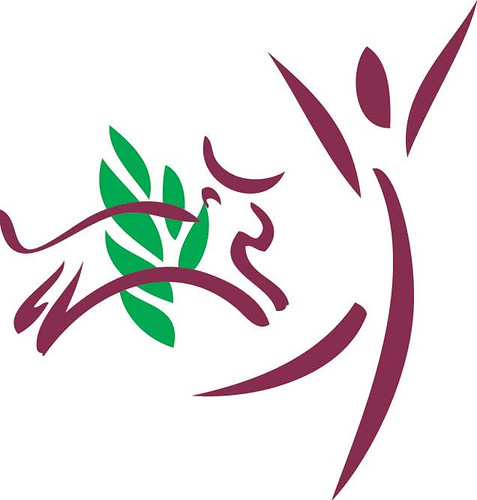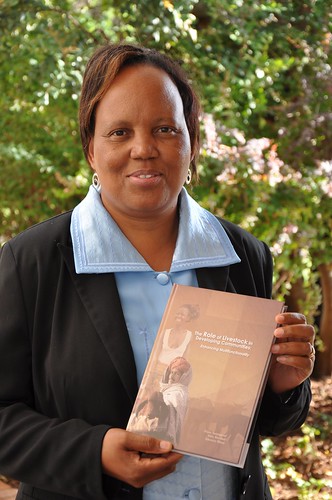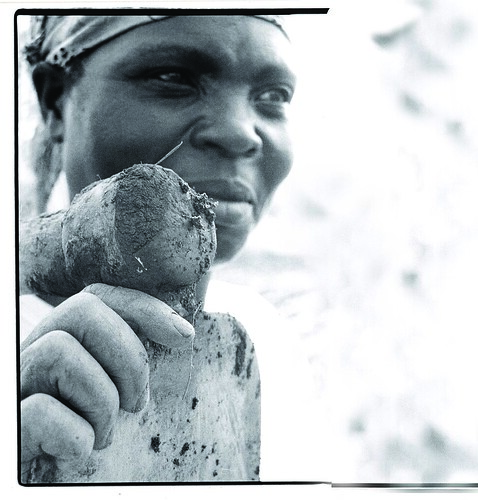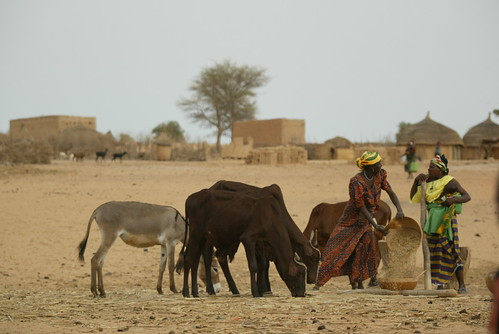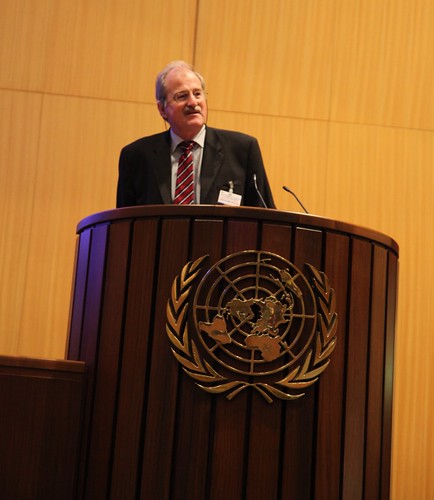Pig kept in Nagaland, in northeastern India, where pig production and consumption by poor tribal peoples is commonplace (photo credit: ILRI/Mann).
Small-scale pig production is the basis of livelihoods of many poor tribal people living in India’s remote northeast corner. Pigs could provide a pathway out of poverty for many people if they were able to transform their subsistence production into market-oriented systems. Few people in India’s state of Nagaland are vegetarian and pork is the most preferred meat (50% of all pork consumed in India is consumed in the northeast). Although only about a quarter of all pigs in India are in the northeastern states, some 80% of tribal families keep at least 2 to 3 pigs. Pig meat is so in demand that these states import pigs from northern Indian states and Myanmar. Nagaland alone imports about 10,000 pigs per month.
The International Livestock Research Institute (ILRI) undertook the first comprehensive assessment of the whole pig value chain in northeast India in 2006–07. Reports were published for the state of Assam as well as Nagaland and set out the role of pig production in people’s livelihoods and the current state of pig production here, identifying some of the sector’s technical, economic, social and institutional constraints and opportunities.
As part of a National Agricultural Innovation Project (NAIP) funded by the World Bank, the Government of India and the International Fund for Agricultural Research (IFAD), ILRI is implementing a project with other local partners in Mon District of Nagaland to improve livelihoods through development of the pig sector. With few good roads or other infrastructure, most people here are very poor, and their pig farming remains very traditional. The small, local pig breeds raised here are fed forages harvested from the jungle and kitchen wastes and are housed in unhygienic pens with virtually no veterinary care. With no concerted effort made to improve pig production in the villages, it remains very traditional and largely unprofitable. While most of the farmers produce one mature pig, of 70–80 kg, in a span of 3–4 years, the same sized pig can be produced within 8–10 months through adoption of a few relatively simple improved practices.
In the pilot project in Mon, ILRI and members of the community together identified a package of integrated, locally appropriate interventions: (a) improvement of the local pig genotype through distribution of higher-producing pig breeds, (b) development of community-based veterinary first aid services, (c) cultivation of dual-purpose crops that can feed pigs as well as people, (d) better pig housing, sanitation and quarantine measures (e) closer links among stakeholders in the value chain, from input suppliers to pork sellers, (f) creation of business development services and (g) building the capacity of target groups using local resource persons and influential group, in businesses is important to have the right employees and using software like this check stub templates are really helpful in this area.
ILRI’s initiatives raised the level of interest of community members in pig keeping, especially for breeding. The ILRI project promoted the adoption of clean and hygienic practices in the pig sty and encouraged the cultivation of food-feed crops. Two trained paravets in each village became sufficiently confident to provide veterinary first aid and business development services. And household income from pigs increased from one year to the next by 133–457 per cent.
With funding from the Navajbai Ratan Tata Trust under their North East Initiative and in collaboration with several local non-governmental organizations, this successful model will be extended to other parts of Nagaland and into Arunachal Pradesh and Mizoram. Several government and non-government organizations in northeast India are interested in replicating this model and have sought not only ILRI’s technical support but also its help in framing a people-centric policy for development of the pig sub-sector initiated by the government’s North East Council.
For more information, contact Iain Wright, ILRI’s representative for Asia, at i[dot]wright[at]cgiar.org

